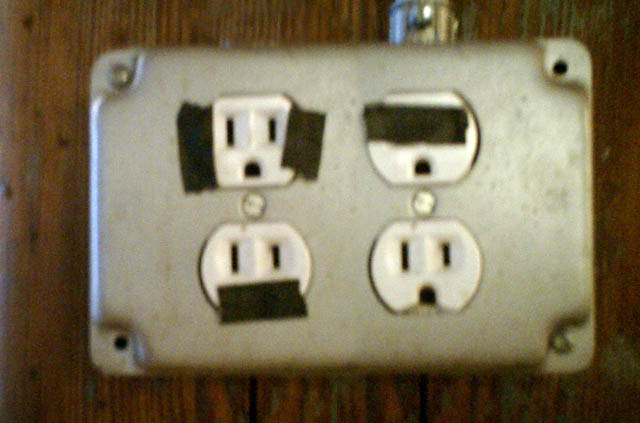Ahmad Faruqui is a principal with the Brattle Group and one of the US’ foremost experts on Smart Grids. I asked him to come on the Heavy Hitters show and we had a fascinating chat.
We talked about:
- Ahmad’s definition of a Smart Grid
- People seeing higher utility bills as a result of the rollout of Smart Meters
- How much the Smart Grid will cost
- Who is going to pay for the Smart Grid
- How long before we see Smart Grids being rolled out

